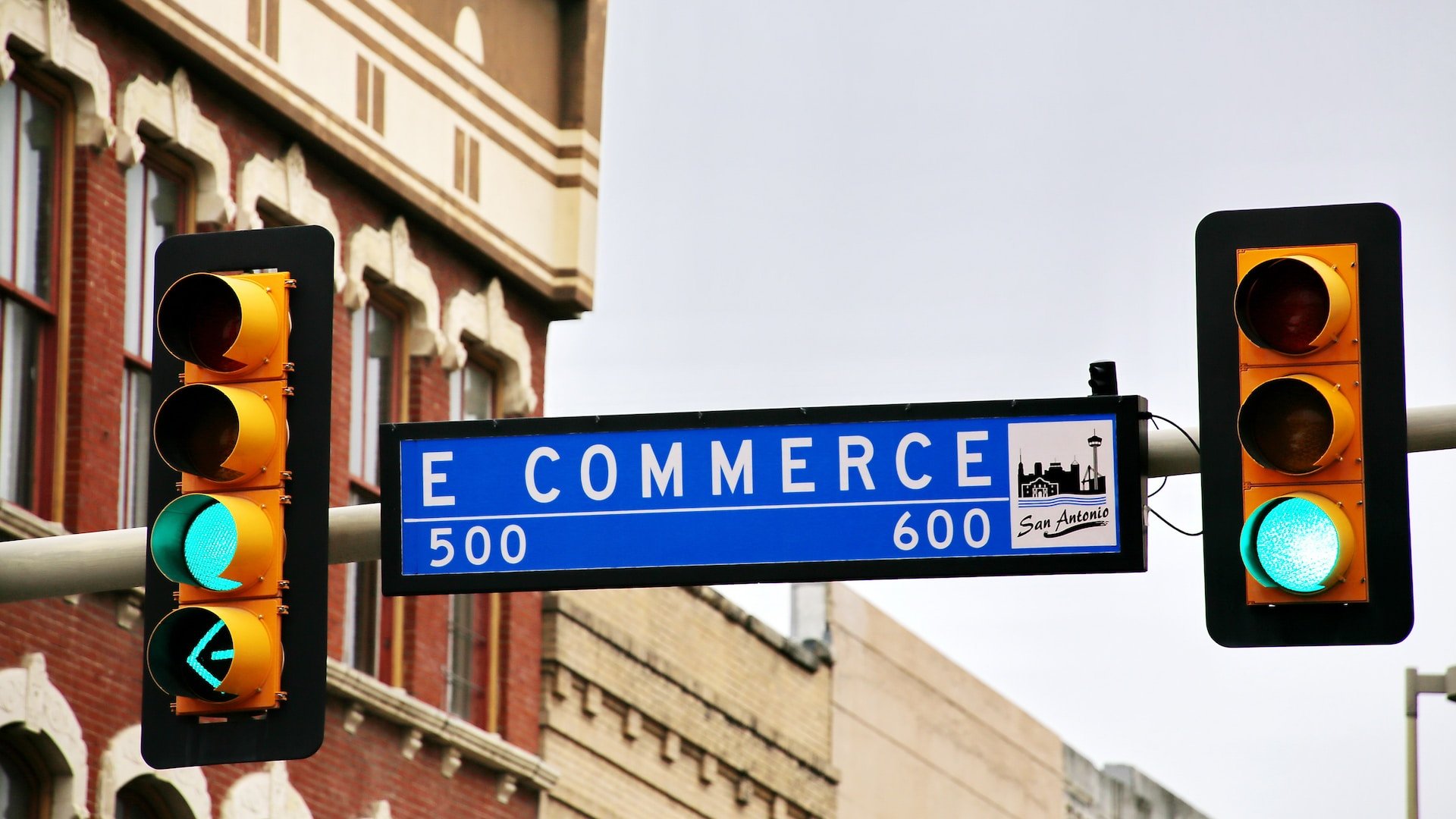Remember those days when if you received personalized offers from an ecommerce store, it would give you a warm feeling?
Well guess what, that along with Customized product suggestions and tailored advertisements are the new normal now. If you want to make a name in the ecommerce world, your website must have those features available.
But why is personalization such a big deal?
Well, it’s the hidden superpower to build a strong relationship with your customers; the foundation of consumer loyalty.
But here’s the thing: not all brands are delivering on the promise of personalized experiences. In fact, a whopping 62% of shoppers believe that companies could do a better job of tailoring their customer experiences. That’s where you come in.
Studies show that 70% of consumers are willing to spend more with companies that offer fluid, personalized, and seamless customer experiences.

In this article, you’ll find a clearer understanding of personalization along with real-life examples of eCommerce personalization to help you implement it in your store and create an amazing user experience.
What’s eCommerce Personalization?
Before we get into the nitty-gritty details of personalization, let’s make sure we’re all on the same page. It’s a relatively simple concept. In conclusion:
Ecommerce personalization is the practice of tailoring the shopping experience of an online customer to their individual preferences and characteristics.
This can be achieved through various means, such as:
- Recommending products that are similar to those that a customer has viewed or purchased in the past
- Displaying personalized product recommendations on a home page or product page
- Sending targeted email campaigns with personalized product recommendations to customers.
Personalization can also extend to other areas of the shopping experience, such as:
- The design and layout of a website
- The language used in marketing materials
- The overall tone and messaging of a brand
The goal of ecommerce personalization is to improve the customer experience, increase customer loyalty, and drive sales.
Ultimately, through personalization, each customer experiences a slightly different version of your website. That real-time experience is being shaped and defined by the particular audience segment the shopper falls into. These segments can include:
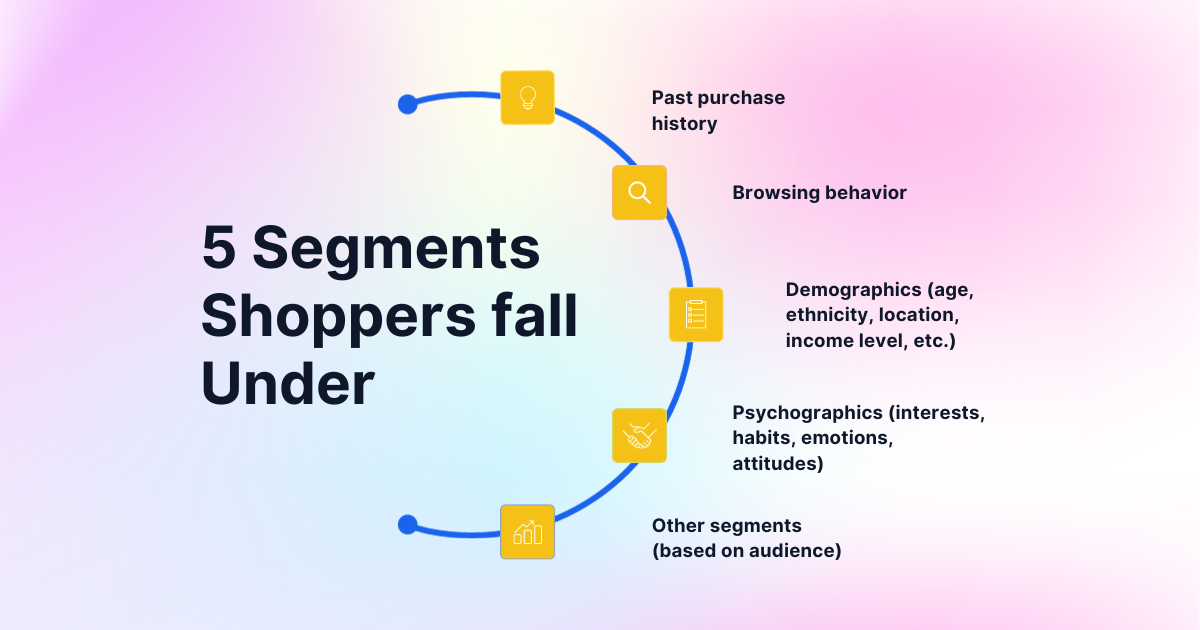
Why is Personalization Important in Marketing Today?
In today’s digital world, people are bombarded with countless ads every day, making them skeptical about marketing. This information overload can overwhelm our brains, making it challenging to notice, remember, or engage with most ads.
Personalization, however, stands out as a solution to this problem. It involves tailoring marketing directly to each individual, making it more likely that they’ll pay attention.
The importance of personalization is not just a hunch; it’s backed by science. Research has shown that when people hear their own name, specific parts of their brain associated with memory light up. Similarly, when people encounter personalized content, their long-term memory activates, making them more likely to interact with it.
Consumers crave relevance. If they see irrelevant content or products, 75% of potential customers get frustrated, and nearly 40% of them will leave for other websites. Personalization can help you retain these customers.
For instance, if you love dogs, a brand can show you dog-related ads, increasing the chances of your response. Meanwhile, your neighbor, who’s into reptiles, might see something entirely different.
Personalization isn’t just about showing your interests; it can even predict your needs. If you’ve been searching for “baby names” on Google, a store might start showing you baby-related items, all thanks to predictive data analysis.
The Advantages of Ecommerce Personalization

Enhancing the Customer Experience
Creating a shopping experience tailored to individual needs and interests elevates overall customer satisfaction. It’s a convenience factor that resonates with a significant 87% of millennials, as revealed by market research conducted by data and tech company Numerator (source: Supermarket News).
Personalized shopping experiences also lay the foundation for stronger customer-business relationships. When customers receive product recommendations that match their preferences and buying habits, they’re more inclined to remain loyal to your brand.
Boosting Conversion Rates
Ecommerce personalization holds the key to presenting your customers with products that align with their browsing history, leading to higher conversion rates. According to a report from the ecommerce personalization experts at Monetate, personalized product recommendations have the potential to increase conversion rates by up to 8%.
Increasing Average Order Value (AOV)
Ecommerce personalization can also drive up your Average Order Value (AOV). Personalized product recommendations facilitate cross-selling and upselling of complementary or higher-value items.
Additionally, tailoring discounts and bundling products based on buying behavior can work wonders. The experts at Monetate discovered that brands can potentially elevate their AOV by up to 12% through a personalized customer journey.
Enhancing Customer Experiences through Personalization: Tips to Get Started
Even if your business doesn’t boast cutting-edge AI technology for in-depth user tracking, personalizing your customers’ browsing experience remains well within your reach—and it’s a move you shouldn’t overlook.
Here are some effective ways to implement customer personalization for your e-commerce business:
1. Website Personalization
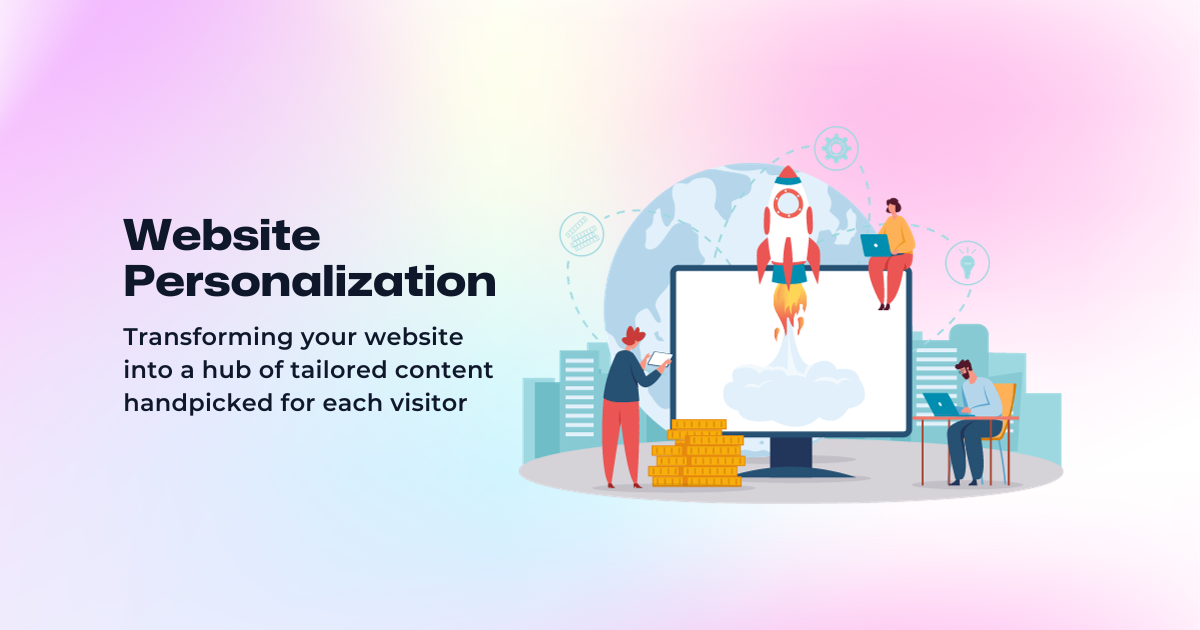
In the digital age, website personalization is non-negotiable. It transforms your website into a hub of tailored content handpicked for each visitor. This includes:
- Recommending products based on previous views and purchases.
- Enabling seamless shopping with saved items in wish lists or carts.
- Showcasing personalized bestseller lists that reflect individual preferences.
- Offering targeted pop-ups with discounts or deals triggered by user behavior.
Website personalization can also incorporate user-generated content (UGC), showcasing photos, videos, and reviews from customers similar to the current viewer. For instance, a 15-year-old girl might see Instagram photos from peers, while a 40-year-old man might encounter product reviews from men in his age group.
Website personalization is increasingly accessible and secure, thanks to advances in systems like “cookies.” Most website platforms provide user-friendly tools for collecting and analyzing customer data. The primary aim of website personalization is to keep customers engaged by displaying content, products, and offers that resonate with their interests.
2. Account Customization

For businesses with user accounts or subscriptions, personalizing every step of the customer journey is crucial. This can range from a simple touch like displaying the user’s name at the top to offering features such as wish lists, or it can be as intricate as crafting a personalized account homepage.
Think of it as curating a delightful assortment of items for your customers. You can take cues from platforms like Gmail, which allows users to customize their email inboxes.
Consider Amazon’s approach: Upon logging in, customers are greeted by their name in the top right corner. As they navigate the site, they encounter personalized product recommendations based on their browsing history.
Amazon ensures that personalized recommendations are an ever-present companion, fostering a stronger connection between customers and the brand.
3. Email Campaigns

Personalized emails outperform generic ones by a significant margin. They boast a 29% higher open rate and a 41% higher click-through rate. Even including the customer’s name in the email can boost the open rate by 26%.
To elevate your campaign’s personalization, consider using email verification software, like FindyMail, to identify the most relevant leads and gather essential information for tailoring your emails.
When crafting your emails, aim to replicate the tone of a friend sharing a valuable deal or offer. Avoid sounding like a pushy salesperson. Most third-party email services can assist in collecting customer data and segmentation.
They leverage customer email addresses, shopping history, and website heat maps to aggregate data based on interests and buying patterns. Top recommendations for highly personalized email services include MailChimp and Klaviyo.
Personalization is particularly vital for abandoned cart and wishlist emails, gently reminding customers about their selected products. Additionally, personalized order follow-ups requesting specific product reviews demonstrate care and help generate more product reviews for your site or listing.
4. Payment Options

One particular arena where customers often hold strong and unwavering preferences is the area of payment options. To ensure a seamless shopping experience, it’s imperative to offer a diverse array of payment methods.
This comprehensive selection may encompass familiar choices like PayPal, debit cards, e-wallets, cryptocurrency, gift cards, or the convenience of prepaid card checkout. And if you want a streamlined gateway that allows receiving payments through a lot of payment platforms, you can look into Paddle. With the Paddle Checkout for WooCommerce plugin, you can receive payments using Paddle in your eCommerce store.
This way, you’ll help your customers to conclude their purchase journey without unnecessary hurdles.
It’s essential to bear in mind that the convenience you extend plays a pivotal role in fostering customer loyalty. When a customer discovers that your ecommerce platform not only boasts the desired product but also accommodates their preferred payment method, you significantly enhance the likelihood that they’ll choose your website over a competitor’s.
5. Social Media Marketing

Harness the power of social media to your advantage. Platforms like Facebook and Instagram have robust AI systems that offer precise advertising options. Business profiles can target users based on demographics, interests, past likes, usage patterns, time of day, and previous purchases.
While Facebook and Instagram are currently front-runners in this field, other platforms should not be overlooked. Pinterest, for instance, directs PPC ads to relevant viewers based on their Pins and Boards, while LinkedIn tailors content to users’ professional backgrounds and volunteer experiences.
Using ThriveDesk for Personalization to improve ecommerce customer experience
ThriveDesk is a customer support ticketing system that helps businesses manage customer inquiries and support requests. You can start using ThriveDesk to personalize and customize your customer support. It could be a smart move!
ThriveDesk is a great tool for managing customer inquiries, and with a bit of customization, you can really make it work for your unique needs. Let’s dive in and see how you can personalize and customize your customer support process with ThriveDesk.
- Create a Chat Assistant & Customize It
Explore the option to create a chat assistant within ThriveDesk.

Customize it to greet customers, answer frequently asked questions, and provide personalized assistance, even before a support ticket is created.
- Implement Live Chat
Live chat is a dynamic and interactive feature that can significantly enhance your customer support efforts. Start using ThriveDesk’ Live Chat feature to provide real-time, personalized assistance to customers.

This instant connection allows you to engage with customers promptly, address their inquiries, and offer tailored solutions, ultimately contributing to a more responsive and customer-centric support experience.
- Customize Ticket Fields
Depending on your needs, you can customize ticket fields to collect specific information from customers when they submit support requests. This allows you to gather relevant data for personalized responses.
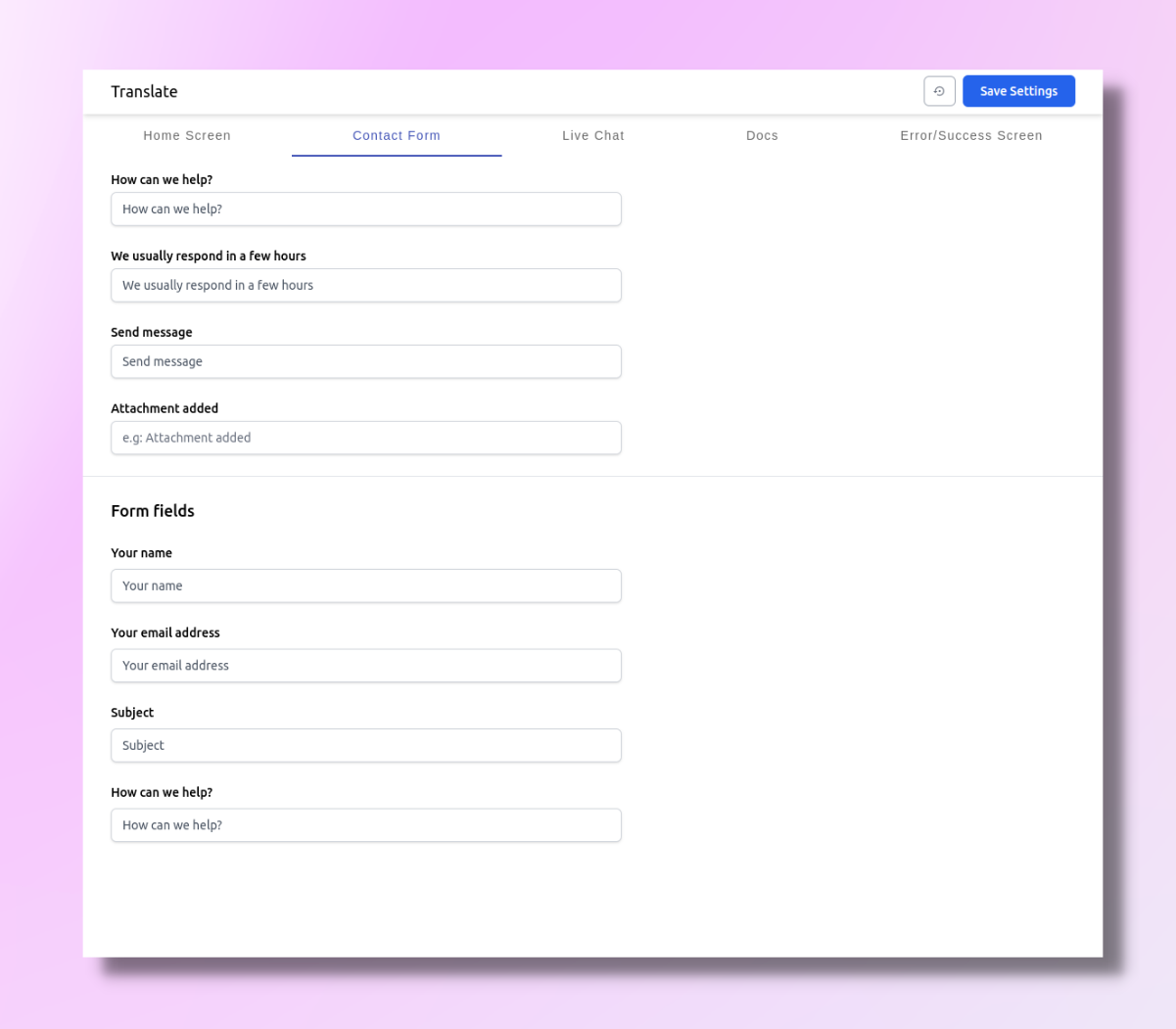
- Set Up Ticket Categories and Tags
Organize your tickets into categories and use tags to classify them based on topics, urgency, or other criteria. This makes it easier to route tickets to the right agents or teams for personalized support.

- Automate Ticket Assignment
Utilize automation rules to assign tickets to the most appropriate support agents or teams based on predefined criteria. For example, you can set rules to assign tickets with certain tags to specific agents with expertise in that area.
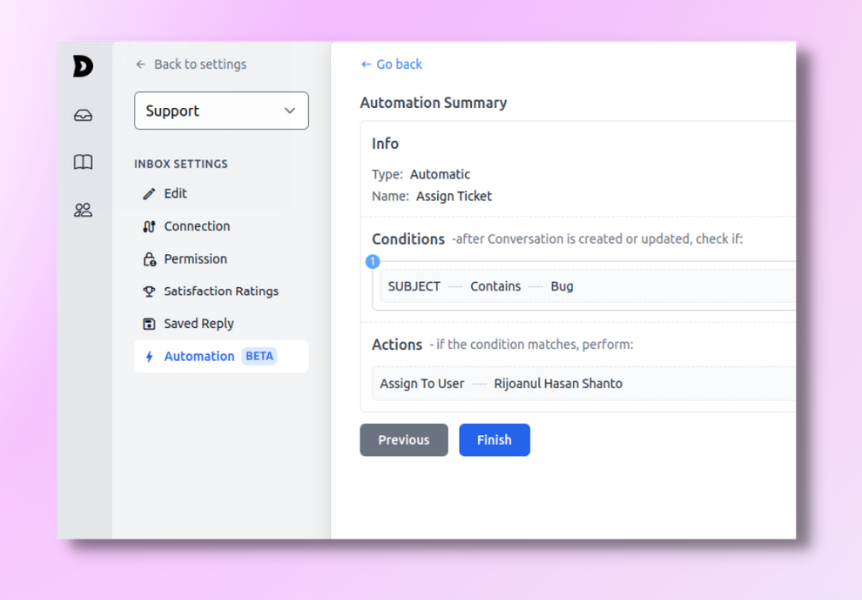
- Set Ticket Priority
Another essential aspect of customizing your customer support process in ThriveDesk is the ability to set ticket priorities. Prioritizing tickets ensures that urgent or critical issues receive prompt attention, contributing to a more personalized and responsive support experience.

- Personalize Ticket Responses
Train your support agents to personalize their responses to customers. Use customer names, reference previous interactions, and tailor responses to the customer’s specific issue or question.
- Track Customer Conversation History
Ensure that your support agents have access to the customer’s support history. This allows them to provide personalized assistance by referencing previous interactions and solutions provided.
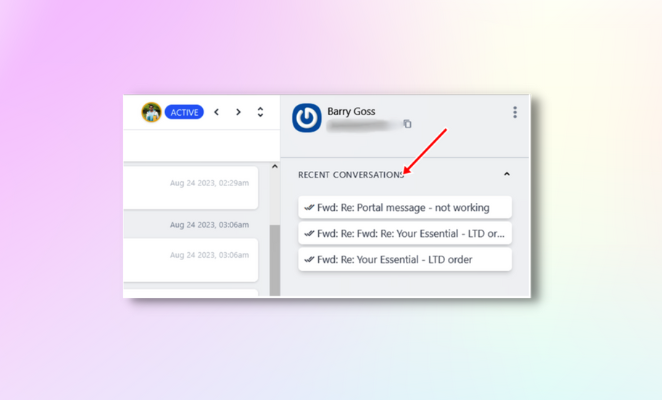
Remember that personalization in customer support goes beyond software features. It also involves a customer-centric approach, empathy, and a deep understanding of your customers’ needs and preferences. Continuously strive to improve your customer support processes and adapt them to meet your customers’ evolving expectations.
8 Brilliant Examples of Ecommerce Personalization
Now that we’ve covered all the basics, let’s look at some great examples:
Amazon’s Tailored Delivery Information
Amazon is known for its commitment to personalization, and one way they achieve this is through their delivery information. They know where your item is and where you want it to be delivered. This allows them to provide accurate delivery estimates.

Why does this matter? It helps reassure customers and allows them to plan better when they need a product delivered at a specific time.
Etsy’s Personalized Suggestions
You wouldn’t want customers to hit a dead end when they don’t like a product, right? Well, that’s a common issue when customers feel stuck after deciding a product isn’t for them. Going back to the search results can be a bit overwhelming.

Etsy is clever in helping customers keep moving forward by tailoring the product page to their interests. This way, they show other products that fit what the user was looking for.
This personalized approach is especially useful for paid ads that don’t usually lead to many sales. Giving customers more chances to buy something is always a good thing.
Crate & Barrel’s Simple and User-Friendly Website Navigation
Sometimes, on an online store, finding what you want can be like looking for a needle in a haystack. When a website’s menu is too complicated, it can frustrate users, and they may give up quickly.
Crate & Barrel understands that people shop in different ways. So, they’ve organized their website menu to make it easy for everyone. They have a main category called ‘Furniture,’ where you can explore different types of furniture collections like bathroom, living room, and dining room. This means you can shop based on what you need, rather than searching for specific items.
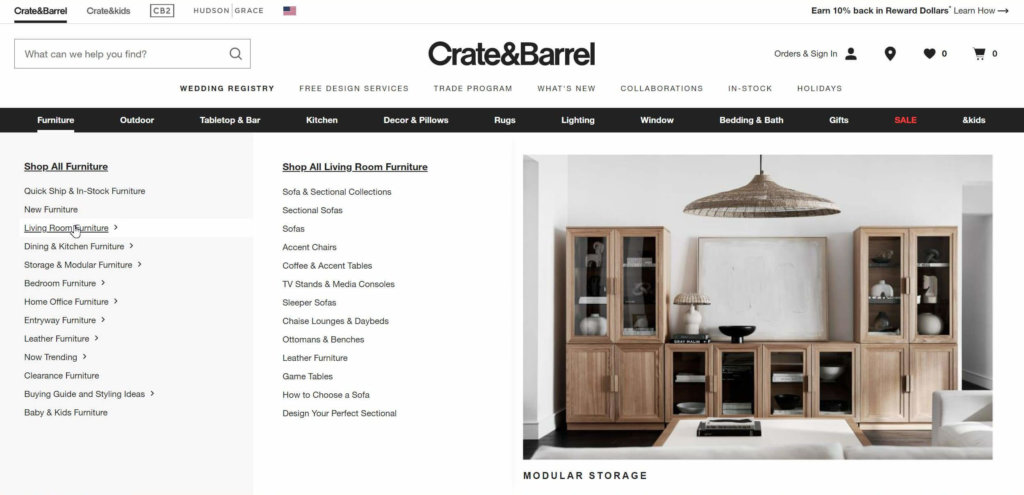
The best part is that all the products are available in other categories too. This means you can find what you want without getting lost in a maze of links. Crate & Barrel makes it simple for you to shop the way you like.
Old Navy’s Shopping List for You
When you go to Old Navy’s website and look at things or put stuff in your cart but don’t buy them, Old Navy makes a special list for you. This list includes the things you liked or almost bought.

And here’s the thing: just because you didn’t buy something right away doesn’t mean Old Navy can’t still sell it to you. They send you personalized emails to remind you about those items. That way, they bring back some of the shoppers who changed their minds.
HelloFresh Asks for Your Input
HelloFresh is superb at asking customers for their thoughts and using those thoughts to make ads, discounts, and web pages that fit their customers’ needs.
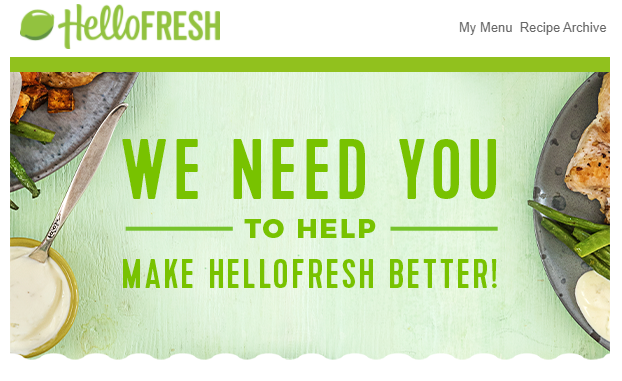
They send emails like the one you see above to ask HelloFresh customers to fill out surveys and share info. This helps HelloFresh know what their customers like and want, so they can make their marketing better. Plus, it shows that HelloFresh cares about what their customers think and wants to make their brand experience the best it can be.
When you ask your audience for their thoughts, you can get the info you need to make your online store more personalized.
At Home’s Special Offers for Insiders
At Home loves to make its Insiders feel special. So, when it’s your birthday, they send you a personalized email with a discount as a way of saying ‘thank you’ for being a valued customer.

But At Home goes the extra mile. They don’t just stop at the discount. They also suggest personalized products for you to buy with your birthday discount. It’s like a little birthday shopping treat!
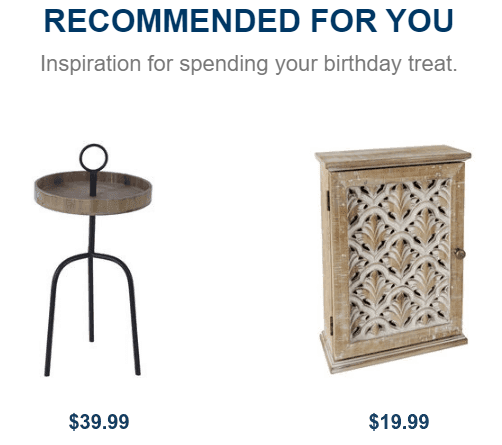
If you’re thinking about giving birthday discounts to your customers or email subscribers, consider adding personalized product suggestions to make them even more excited to use their discount right away.
DSW’s Personalized Recommendations
To make your online shopping experience more tailored and relevant, DSW has a section called ‘Our Picks For You.’ This section suggests new items based on what you’ve looked at and bought before.
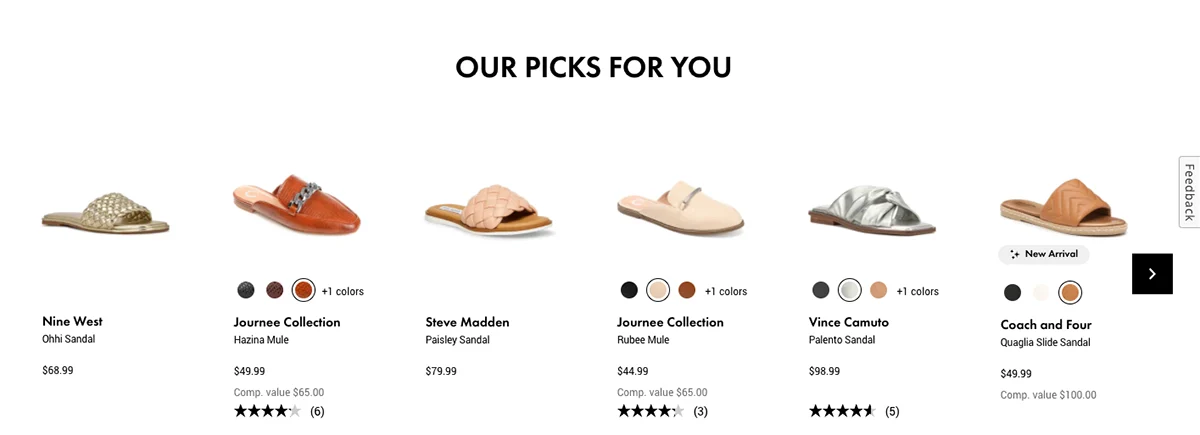
They take it a step further by sending you customized emails and push notifications. They group customers based on what they’ve bought and what they like, and then send them messages about products they’re likely to want.
This keeps customers interested in the online store and makes it more likely that they’ll buy something.
The Real Real’s Abandoned Cart Email
Personalization is a powerful tool for customizing email marketing.

When businesses send personalized emails with product suggestions and special deals, they can motivate customers to return to the website and buy something.
By getting to know each customer’s preferences, businesses can craft a special shopping experience that keeps customers coming back for more.
Wrapping Up!
Ecommerce personalization has changed how people expect online stores to operate. You can’t rely on generic marketing or one-size-fits-all experiences anymore. Every interaction in your online store should be special and tailored to your customers.

